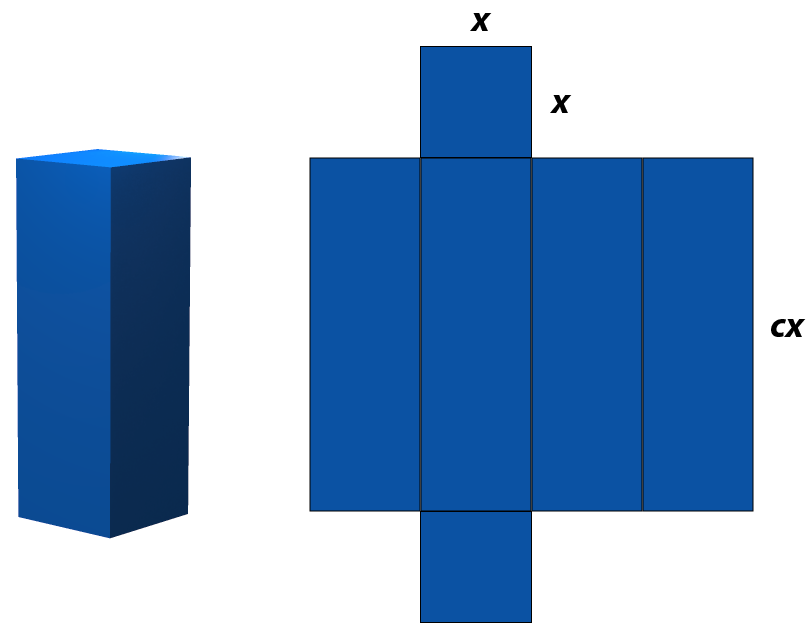Google Earth Voyager Story: The Geometry of Sustainable Architecture, Part 1
The goal of sustainable architecture is to build a world-within-a-world. Tall free-standing buildings that are almost like cities in the sky, relying on nature to provide power, water, and sustenance. These are lofty goals, but an amazing amount of progress has been made in a relatively short amount of time. In this exploration we look at the geometric considerations that architects must contend with in building to the skies. Specifically, we will look at the ratio of surface area to volume. For this exploration we will look at a simple example involving a rectangular prism. To see the Google Earth version of this lesson go to this link (best viewed in Chrome).
To see the complete collection of Google Earth Voyager Stories from Media4Math, go to this link.
1. Introduction: The Basic Design of a Tower
To start this lesson, watch this video about the Citigroup Center.
Pause the video to see the net for a rectangular prism.
2. Schematic view of the Citigroup Center
For simplicity we'll analyze the Citigroup Tower as a square prism. The three-dimensional figure and the two-dimensional net for a square prism are shown here.

The square base has sides of length x. We'll also assume that the height of the pyramid is a multiple of the base. Let's analyze the surface area and volume for this figure.
3. Mathematical Analysis
Let's start our analysis with the rectangular prism. This illustration shows the volume and surface area of a rectangular prism of square base x and height of cx, for some value c.

Click on this link to analyze the ratio function on a Desmos graphing calculator. The graphing calculator window allows you to vary the values for c the relative height for the tower compared to the value of the base. The x-axis is the size of the base of the prism and the y-axis is the ratio of surface area to volume. The lower the y-value, the more heat is retained. Also, there is a value, b, for the base length of the prism.
Test the following parameters:
- How does the size of the base (b) affect the ratio? What does this say about the size of the prism?
- What happens to the ratio as you increase the size of a relative to b?
